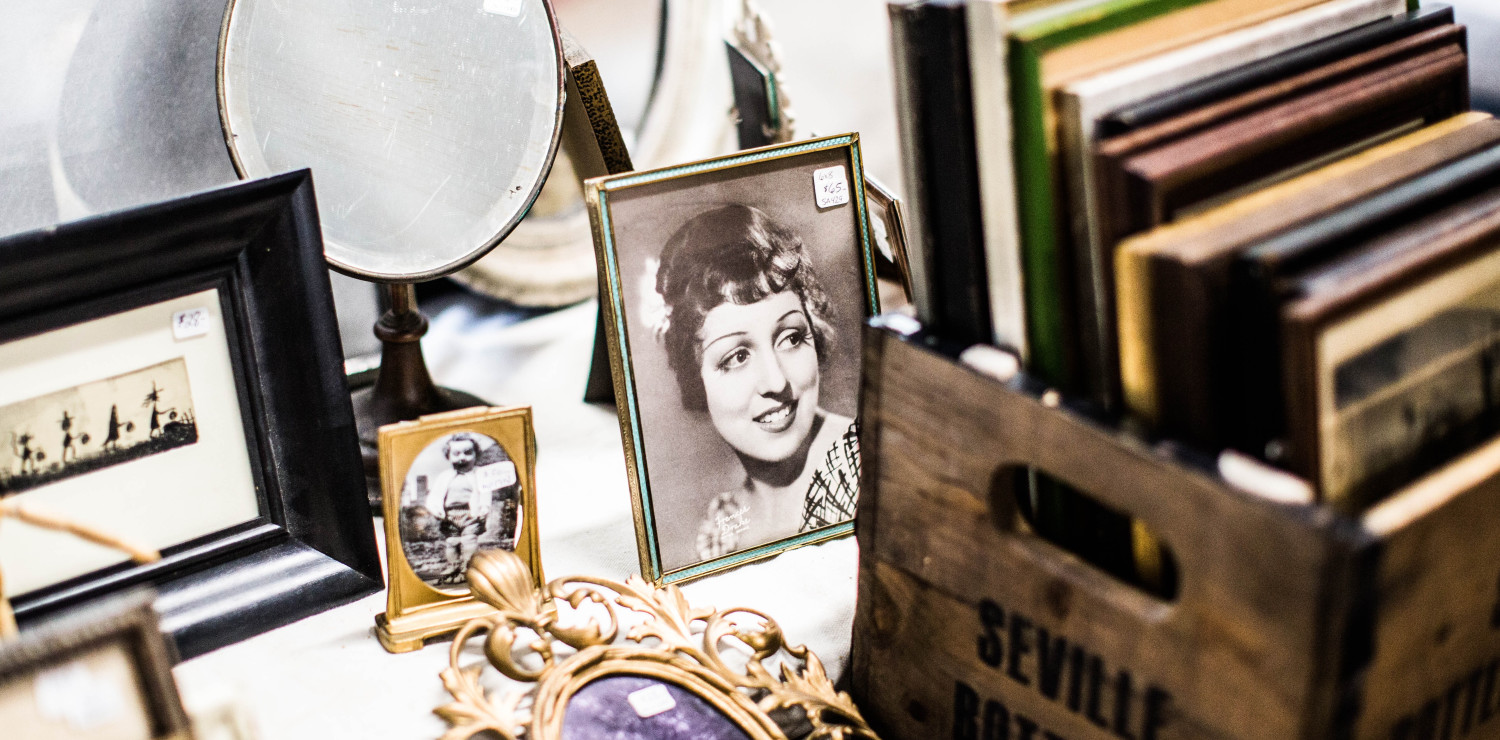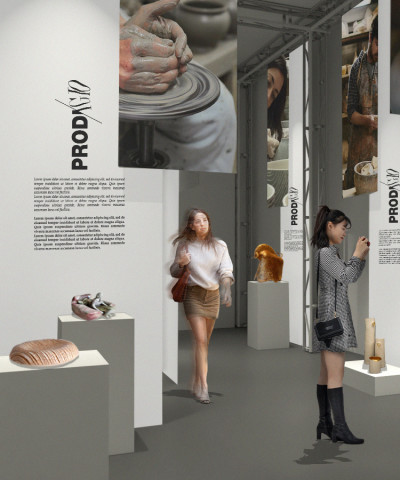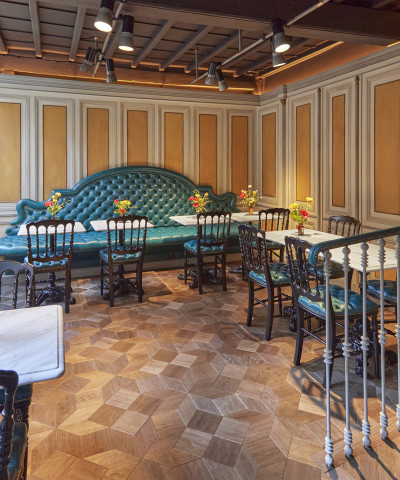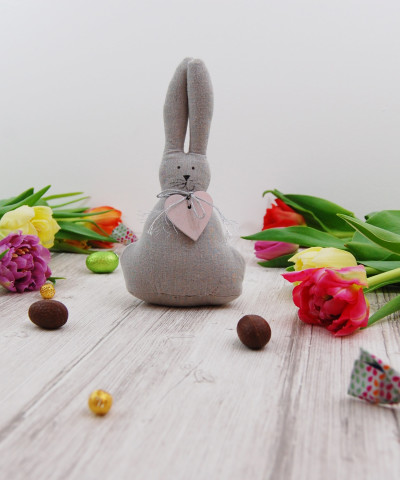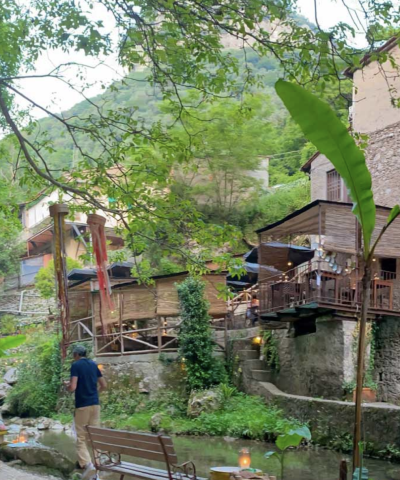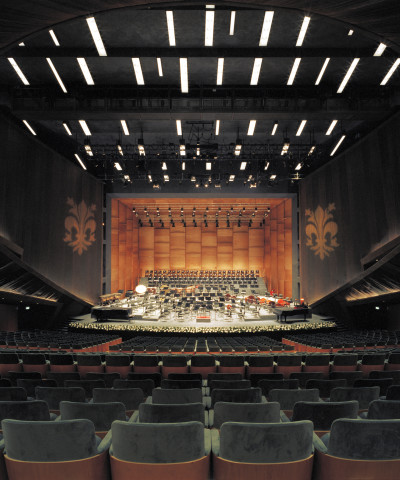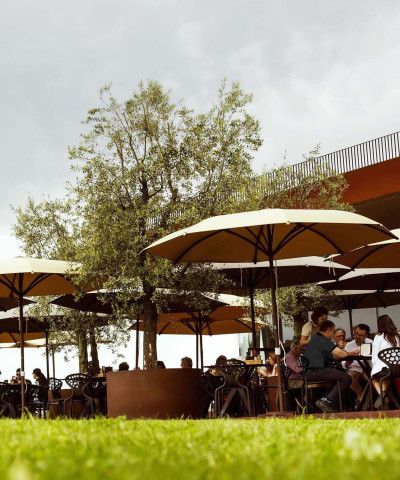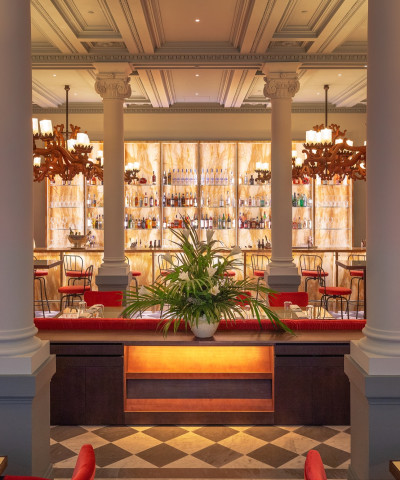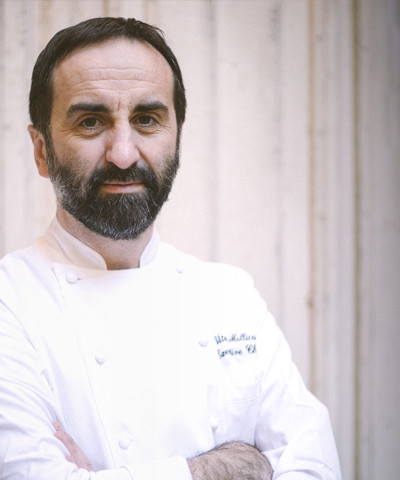The most beautiful antiques market in Tuscany
Where to buy vintage items, artwork, books and collections of all kinds
In the early to mid ‘70s, Lucca and Arezzo were home to the only two monthly antique markets in the whole of Italy; today, there are around 800. In the old days, these markets were rich hunting grounds for ‘real’ antiques, objects of genuine quality and value that were made more accessible to the general public by being brought out of the rarified atmosphere of the antique galleries and into the more egalitarian domain of the street markets. The concept of the antique market took off big time.
However, a day out rummaging through stalls selling anything from religious memorabilia to art nouveau lamps can still be a fun and rewarding experience; just be aware of what you are buying. Antique shops and galleries also tend to stay open for business on market days, so keep an eye out for interesting finds in these places too; they are less likely to be infiltrated by junk. The three markets listed here are all held in historic towns rich in art and culture, so make a day of it. Allow time for a mid-morning caffè, a leisurely lunch and a visit to some of the local museums and monuments. Markets start setting up for business at around 7am and close down late afternoon/early evening. Pitches are allotted on a first come first serve basis, so there is no particular order to the stalls and as vendors tend to do the rounds of the markets, you are likely to see the same faces in each different venue.
The Arezzo Antiques Fair (1st Sunday of the month and preceding Saturday)
Founded in 1968, Arezzo’s Fiera Antiquaria is Italy’s best known and most prestigious antique market. Some 500 vendors flock to this ancient town from all over the country attracting up to 30,000 potential customers over the course of the weekend that includes the first Sunday of the month. It was established by the antique dealer Ivan Bruschi ( whose house and its eclectic contents, at Corso Italia 14, is now a museum) and was the first fair of its kind in the country. Thanks to its prestige, the quality of goods on sale in Arezzo tends to be generally higher than at some of the country’s other markets and there is a genuine buzz about the place on market weekends. With the exception of the September edition (when it re-locates to the Parco Il Prato), the market is located in the centre of town in and around asymmetrical, sloping Piazza Grande and extends out through the area that includes Piazza San Francesco, Piazza della Badia and the surrounding streets.
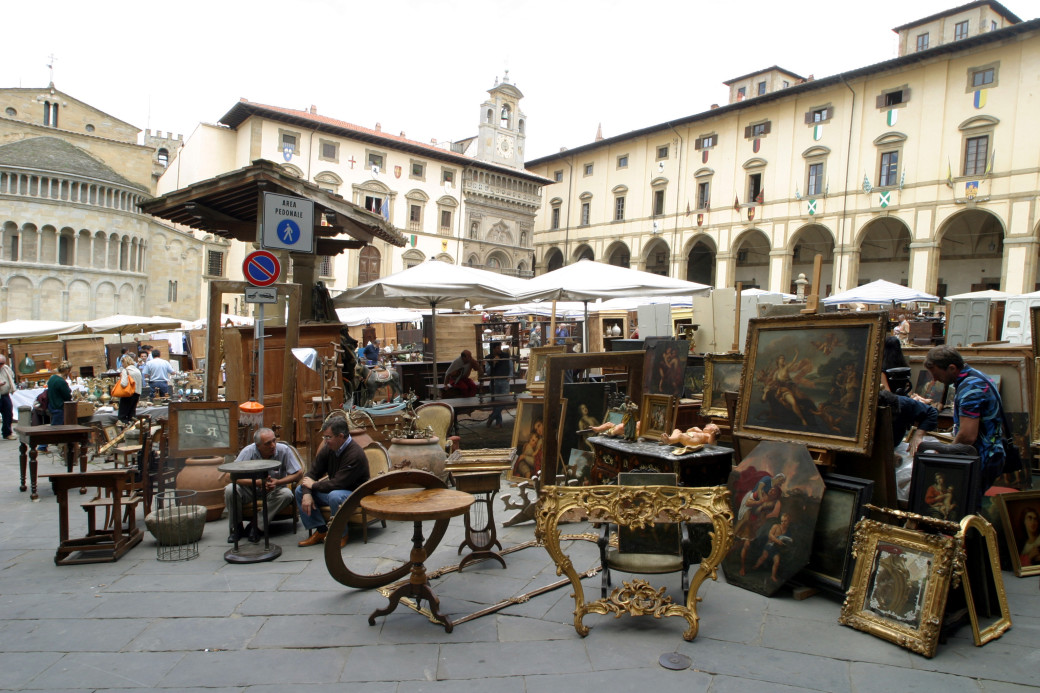 Fiera Antiquaria di Arezzo
Fiera Antiquaria di ArezzoA day in Arezzo would not be complete without a visit to the church of San Francesco and Piero della Francesco’s magnificent, newly-restored fresco cycle, ‘The Legend of the True Cross’. More paintings by Piero are housed in the 13th century Duomo which also has exquisite stained glass windows while the striking Romanesque Pieve di Santa Maria has an intricately carved façade. Arezzo was an important Etruscan and then Roman settlement and the remains of these civilisations can be seen in the excellent Museo Archeologico Mecenate.
Antiques of Lucca (3rd Sunday of the month and preceding Saturday)
On the third weekend of the month, Lucca hosts the region’s second biggest antique market, a favourite with both vendors and visitors thanks to its setting among the town’s lovely old piazzas and quiet, graceful streets. If you are looking for furniture and larger items, this market doesn’t have so much choice, but it makes up for this in the huge variety of stalls selling everything from old embroidered linens and antique china to World War I memorabilia and ‘risqué’ postcards. The market is focussed in the south part of the town with stalls set up in the shadow of the Duomo in Piazza San Martino, Piazza San Giusto, Piazza del Giglio and in the network of nearby streets.
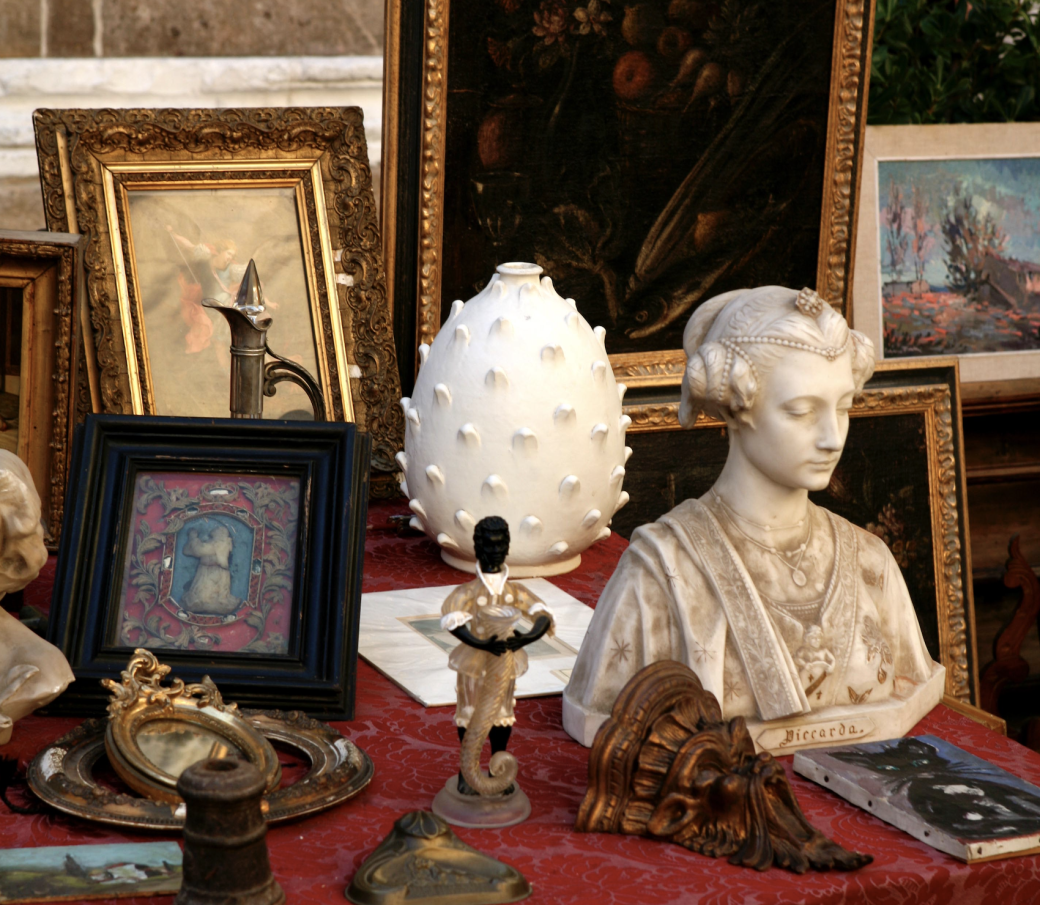 Mercato Antiquario - Lucca
Mercato Antiquario - LuccaThe most beautiful walled town in Tuscany, Lucca is a compact gem protected by a remarkably intact set of 16th-17th century ramparts which you can walk around. The town is famous for its Romanesque churches, several of which have magnificent façades. The Duomo of San Martino is such a building and it also houses the celebrated tomb of Ilaria del Carretto by Jacopo della Quercia. San Michele in Foro has a tall façade elaborately decorated with coloured marbles and carvings, while the that of San Frediano boasts a golden mosaic that glitters in the sun. Opera buffs must visit the Casa Puccini, birthplace of the town’s most famous son.
Market Fair in Piazza Ciompi (4th Sunday of the month and preceding Saturday)
Every fourth Sunday of the month, the cultural association Fumetti e dintorni in collaboration with the Municipality of Florence and Confesercenti organises a market of records, comics and vintage clothing in Piazza dei Ciompi. You can find objects of yesteryear, objects and clothes that are being revived for the second time, glasses, bags and clothes, even designer labels and accessories that cannot be found, for which you can get great bargains. Figurines, toys that our grandparents or great-grandparents played with. If you want to take a break, there is no shortage of places of artistic interest nearby.
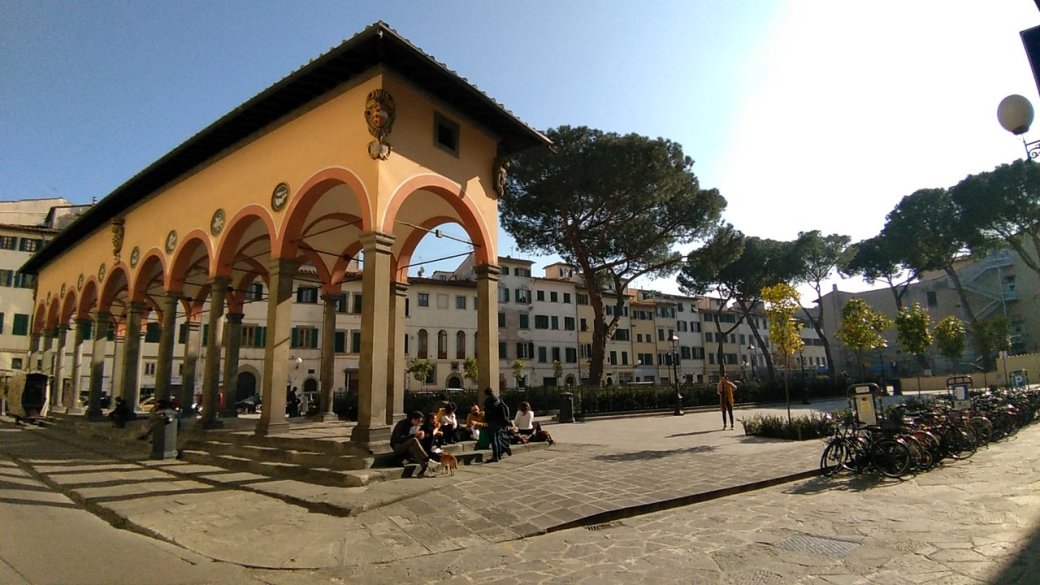 Piazza dei Ciompi
Piazza dei CiompiThe glorious Gothic church of Santa Croce with its frescoes by Giotto and where so many of Florence most illustrious citizens are buried lies a few minutes walk away. The little-visited but fascinating Museo Horne, with its eclectic collection of art, furniture and objéts is located just south of piazza Santa Croce, and across the Arno lies the newly-opened green oasis of the Parco Bardini.
Santo Spirito Market (2nd Sunday of the month)
In the heart of the Oltrarno district, one of the best-known antiques markets in Florence, the one in Piazza Santo Spirito, has been held for 36 years. It is held every second Sunday of the month, in front of the basilica, with about 80 stalls from all over Tuscany with small antiques, vintage, fine furniture, furnishings, porcelain and even handicrafts.
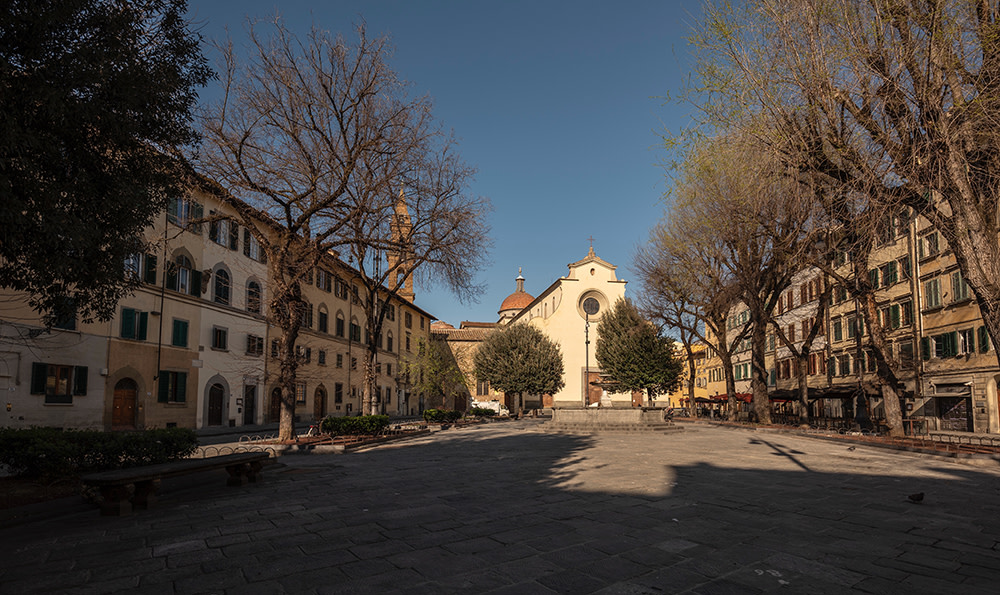 piazza santo spirito (ph. Lorenzo Cotrozzi)
piazza santo spirito (ph. Lorenzo Cotrozzi)





